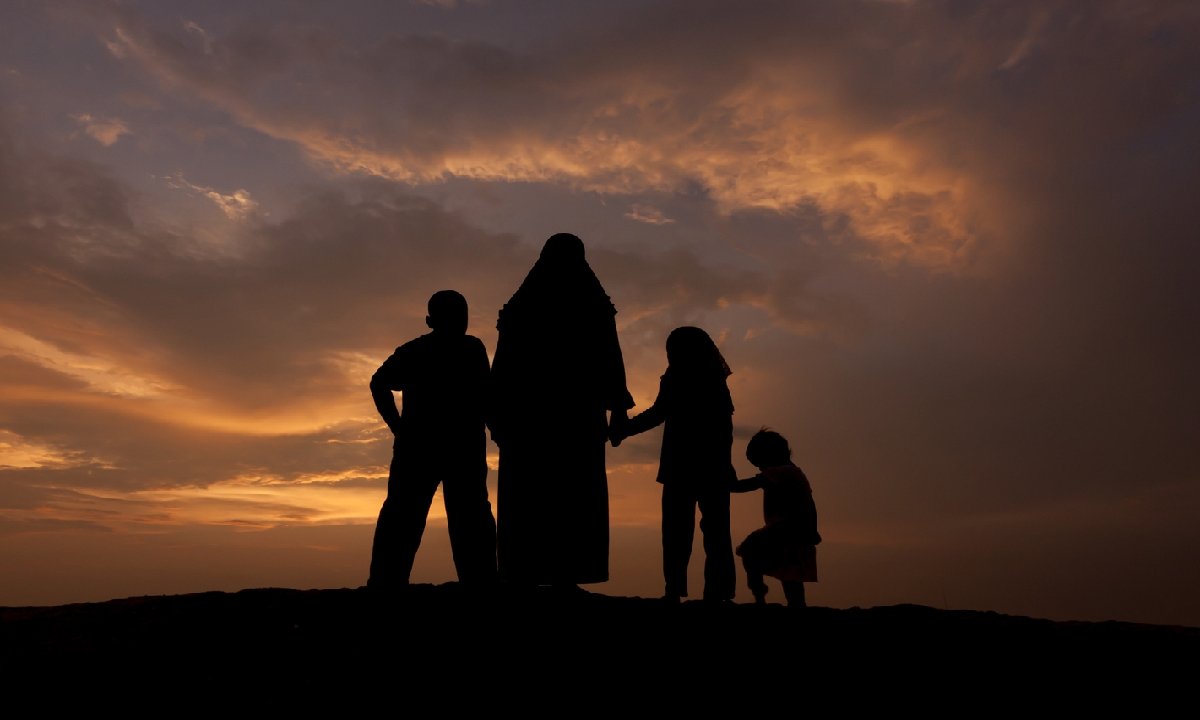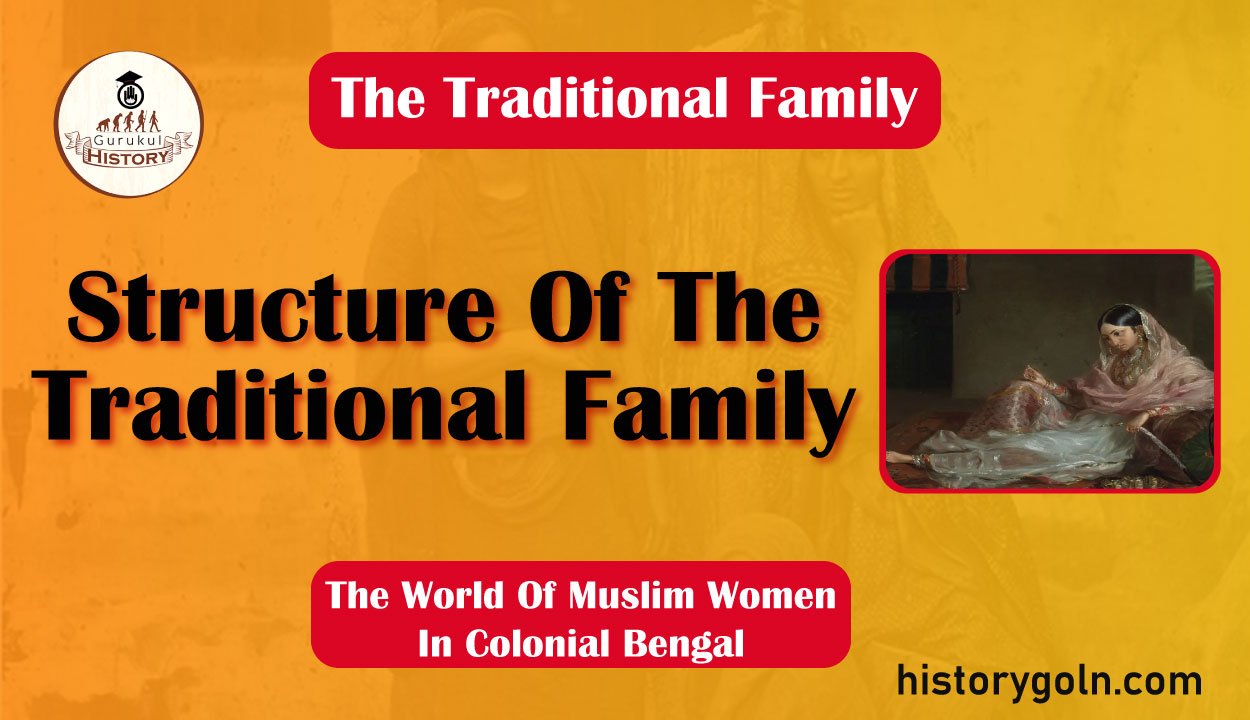Today our topic of discussion is Structure Of The Traditional Family .
Structure Of The Traditional Family

The family the central arena of the private sphere peopled by denizens who were not supposed to be seen, let alone participate in the world outside was a natural consequence of the gender inequality inherent in a patriarchal scheme of things.
This was also the only domain where women – rich or poor-derived any significance and meaning from their lives and its structure was a key element in maintaining prescribed gender relations. In the present chapter we will discuss some of the important details of this complex that shaped the ‘world’ of Muslim women within the boundaries of traditional sharif families in Bengal.
Dwelling on the lives of Hindu women in the early decades of this century, Margaret Urquhart painted a picture of Indian patriarchy in her book Women of Bengal. Though it depicted the lives of women inside the domain of Hindu families, many of her observations would apply to women. in general.

She observed that the family, which served as the social unit in India rather than the individual, comprised of not just one couple and their offspring but “a patriarchal group in its main stream and branches”.
According to Urquart, the English family did not closely resemble the Roman familia” but the Indian household of the time was an almost exact parallel to the ancient institution. In such large patriarchal set-ups the control and regulation of an entire system required a hierarchical struc- ture with authority vested in the person at the apex.
As such these ‘joint’ or “extended’ families traditionally found in both Hindu and Muslim commu- nities had a well defined set of roles and relationships based on authority and obedience. Though the ultimate head was understandably the male pat- riarch, in matters of daily administration of the household, the mother or wife of the patriarch (most powerful bread-winner) would be in charge.

Urquhart provided an economic explanation for the existence of the joint family and its gradual disappearance. In a society where land was the major source of wealth, it was deemed easier to maintain standard, status and prosperity if all the sons “lived by means of a common purse”. Both Hindus and Muslims had laws of inheritance whereby all the sons got an equal share of the inheritance, and it was this, Urquhart suggested, that cemented the structure of the paribar (family).
But as the traditional sources of wealth and sustenance started to dry up with the changes attendant on colonial rule, the traditional family in both Hindu and Muslim communities underwent great structural changes.
See more:
